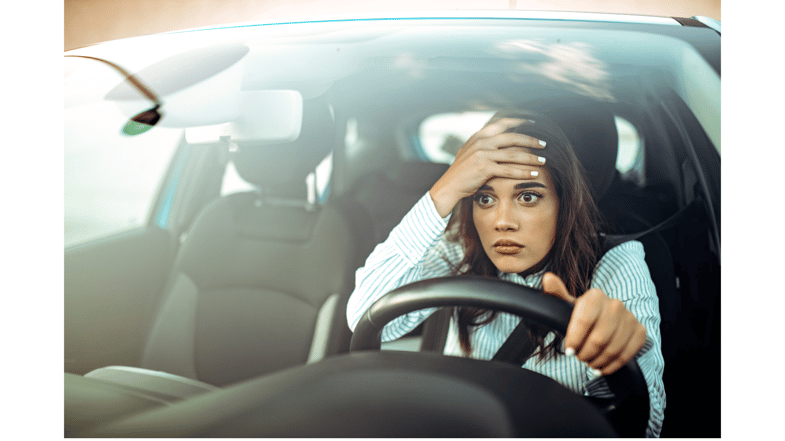
Dealing with another driver's road rage can be incredibly stressful and scary, and it can even lead to dangerous driving situations or accidents. Road rage, or aggressive driving, can include erratic driving behaviours like tailgating, yelling, persistent honking, blocking traffic, or even following another driver too closely to intimidate them. Whatever form it takes, road rage can increase the risk of an accident, so it's always better to avoid these situations.
Here are a few defensive driving techniques to help you stay safe if you're ever targeted by a driver showing signs of road rage:
- Don't respond with your own road rage. If someone is acting aggressively — doing things like flashing their lights, cutting you off in traffic, or gesturing at you through their window — don't retaliate. This is only likely to intensify the other driver's anger. Instead, take a deep breath, avoid eye contact, ignore their behaviours, and continue to drive appropriately for current road and weather conditions.
- Be empathetic and show kindness. Have you ever heard the saying, "You can catch more flies with honey than with vinegar"? This saying applies to driving, too. Being courteous, kind, and understanding can help de-escalate tense driving situations and reduce road rage. You never know what someone is dealing with — maybe an aggressive driver is having a bad day or experiencing a personal emergency. Waving at the other driver to let them know they should pass you or giving them space to merge if you're on the highway can make all the difference in preventing road rage.
- If it's safe to do so, change lanes, pull over, or take a detour. Try your best to create more distance between you and the aggressive driver. If the other driver is following too closely or attempting to pass you on a multilane roadway, try to safely move to another lane (or even safely pull over) so the other driver can continue on their way. If the driver continues to follow you or goes out of their way to pass you and then slams on their brakes in front of you (known as brake checking), leave the highway or turn onto the next road to avoid them.
- Report aggressive driving to the police. If the aggressive driving persists even after you've tried to create distance, record the driver's licence plate number and call 911. If the driver is following you, don't stop at the side of the road. Instead, go to the nearest police station and report the driver.
- Try to stay calm and take a break from driving if you need one. Dealing with another driver's road rage can be stressful, and if you become anxious, then it may be time for a break. Stop at a local police station or a public parking lot to give yourself a safe space to decompress and calm down before you continue your trip. Create a calming environment while you drive by listening to soft music, and always pack a snack if you know that hunger makes you irritable.
Using a variety of defensive driving techniques can help reduce your risk of experiencing road rage and can even deescalate a potentially dangerous situation. No matter how many precautions you take on the road, if you've been involved in an accident due to road rage, make a police report before submitting a claim with your car insurance provider.
To submit a claim, or if you have any questions about the process contact us.
With thanks to Economical Insurance for their editorial contribution.
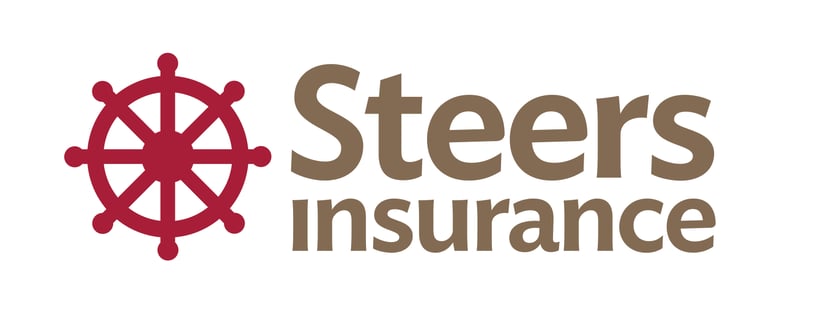

 ;
;
 ;
;
 ;
;
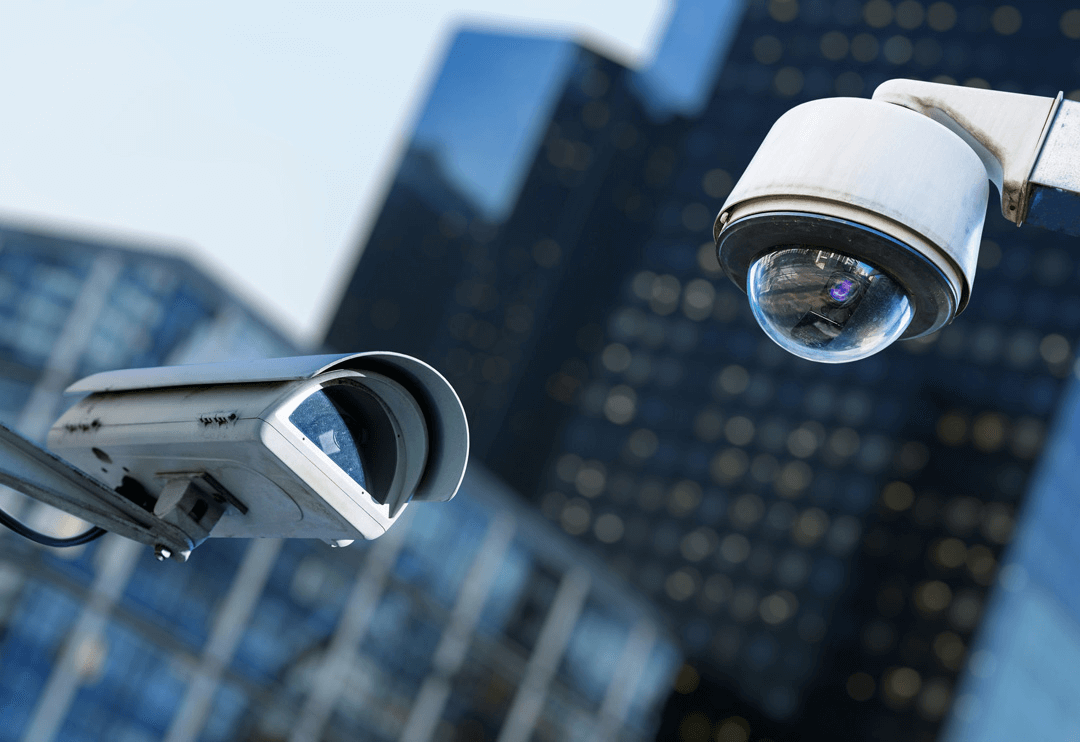 ;
;
 ;
;
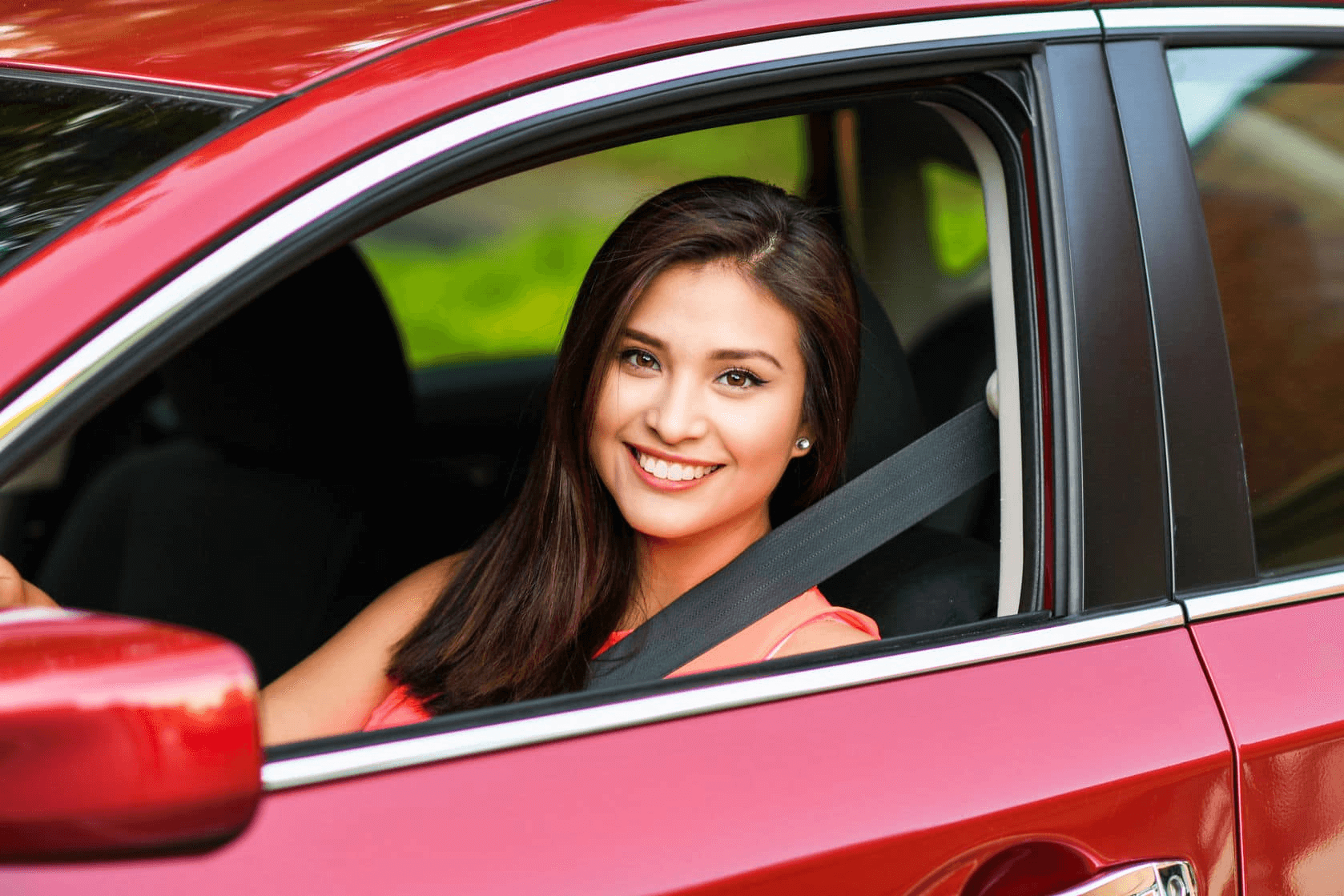 ;
;
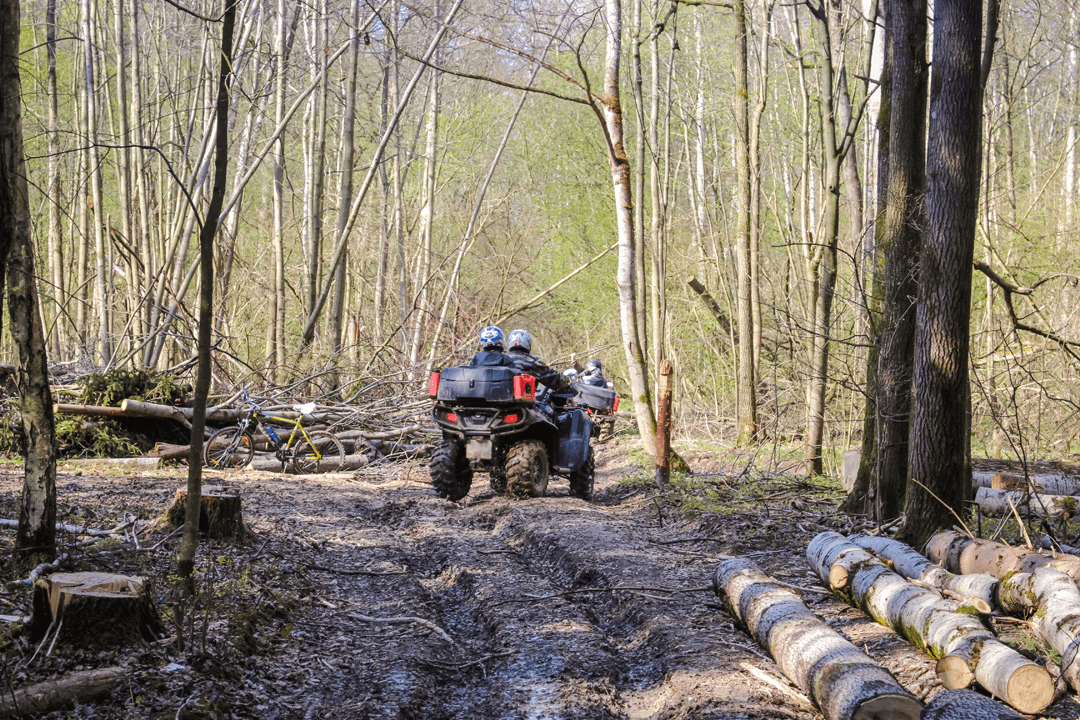 ;
;


